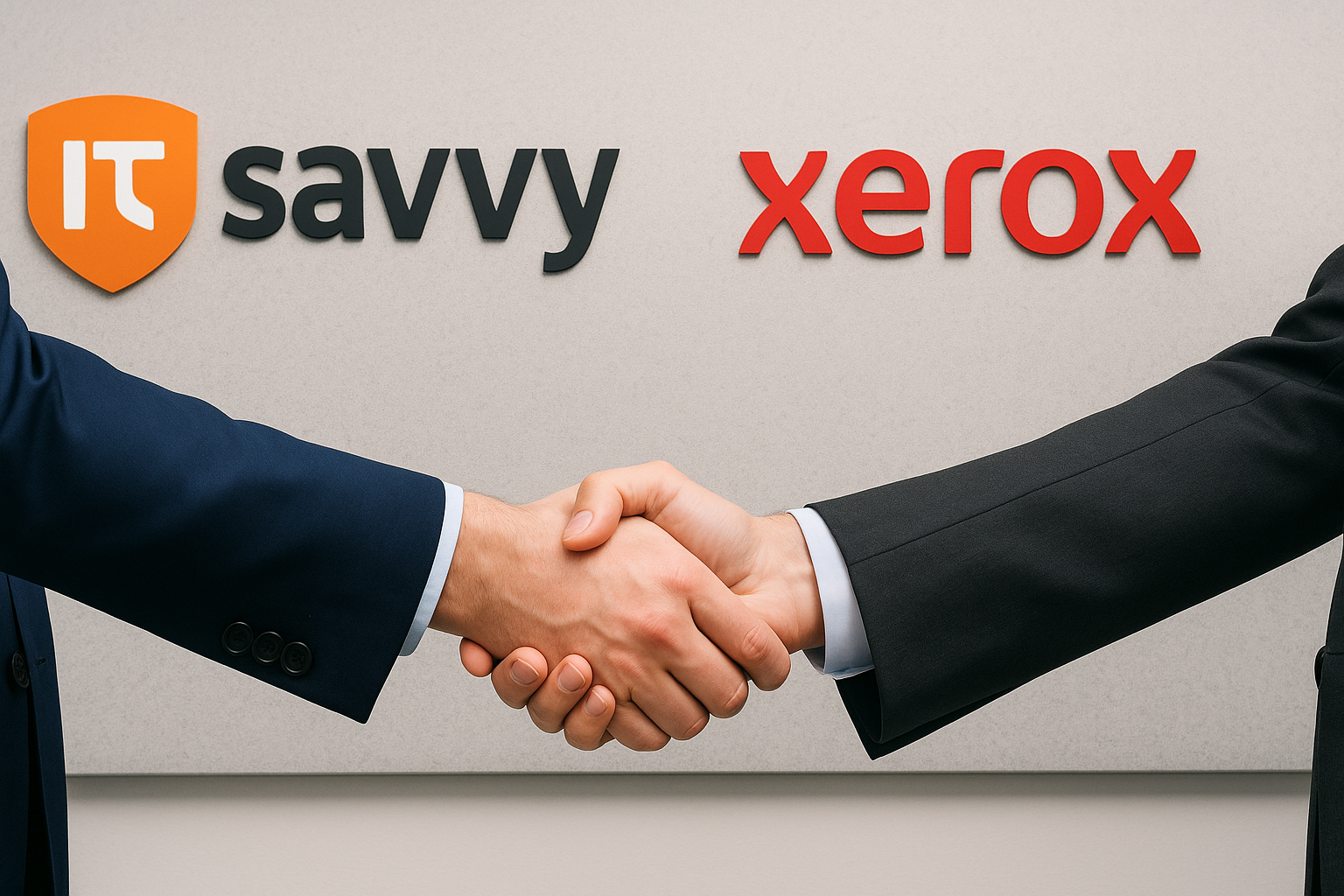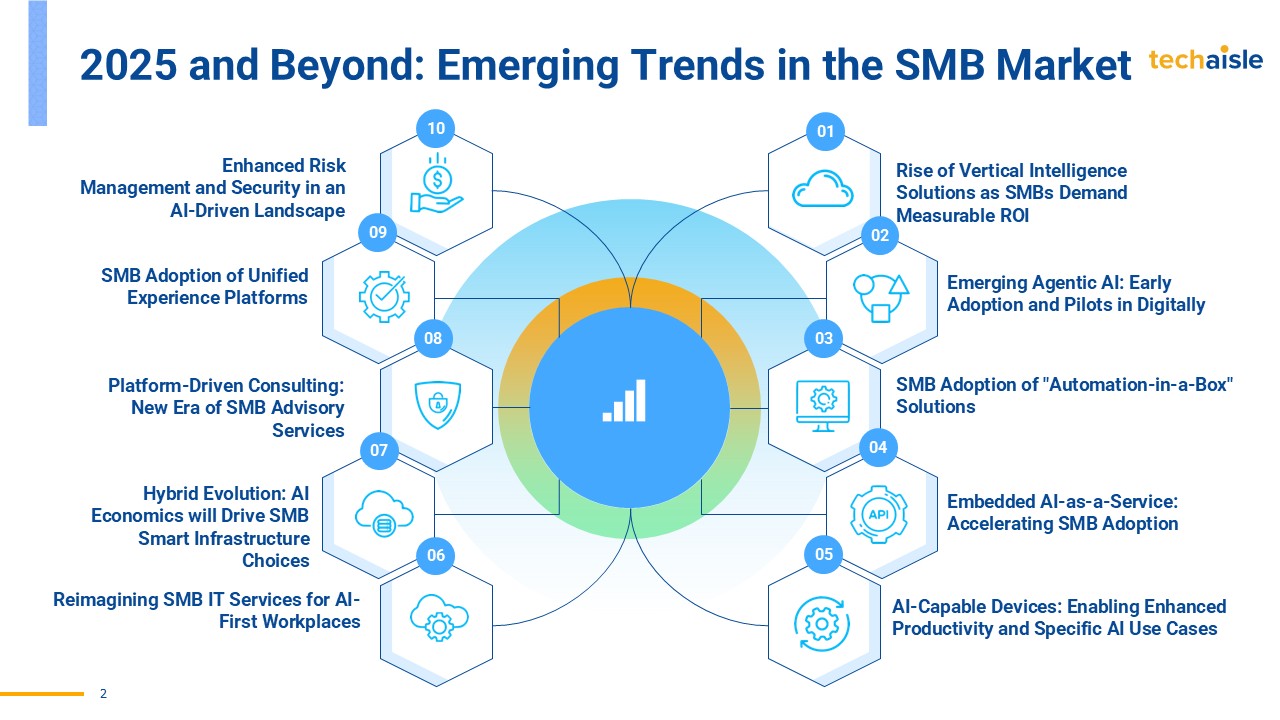In the dynamic world of technology, strategic acquisitions often serve as pivotal moments, reshaping market landscapes and redefining how services are delivered. The recent integration of ITsavvy into Xerox IT Solutions stands as a testament to this, marking a significant evolution from a successful channel partner to a critical component of a global IT powerhouse. This is not merely an acquisition; it is a strategic convergence that warrants a closer examination of the underlying rationale, the intricate platform integration, and the transformative impact it promises for Xerox's service delivery capabilities, particularly within the often-underestimated SMB sector.
The Genesis of a Strategic Convergence
The initial reaction to the announcement – "Why Xerox?" – underscored a perceived unconventional pairing. ITsavvy, a recognized provider of robust IT infrastructure solutions, aligning with Xerox, a brand historically anchored in printing and document management, initially seemed an outlier. However, a deeper analysis reveals a strategically sound convergence built upon complementary strengths and a shared vision for unlocking significant potential in the IT solutions landscape. This partnership wasn't born of chance but from a calculated recognition of mutual benefits.
In its evolution from a hardware-centric entity to a service-oriented enterprise, Xerox has progressively broadened its service portfolio beyond traditional maintenance into digital transformation and comprehensive IT support. This transition has been underpinned by its extensive service network and a substantial base of technical representatives. Over time, Xerox strategically accumulated a portfolio of IT services acquisitions across various geographies. However, these assets remained somewhat fragmented. ITsavvy, with its unified and agile platform, experienced leadership, and a well-established partner ecosystem, presented a compelling solution. The proposition of consolidating Xerox's diverse IT assets onto ITsavvy’s cohesive platform offered a clear pathway to unify and significantly enhance Xerox's overall IT service offerings.












